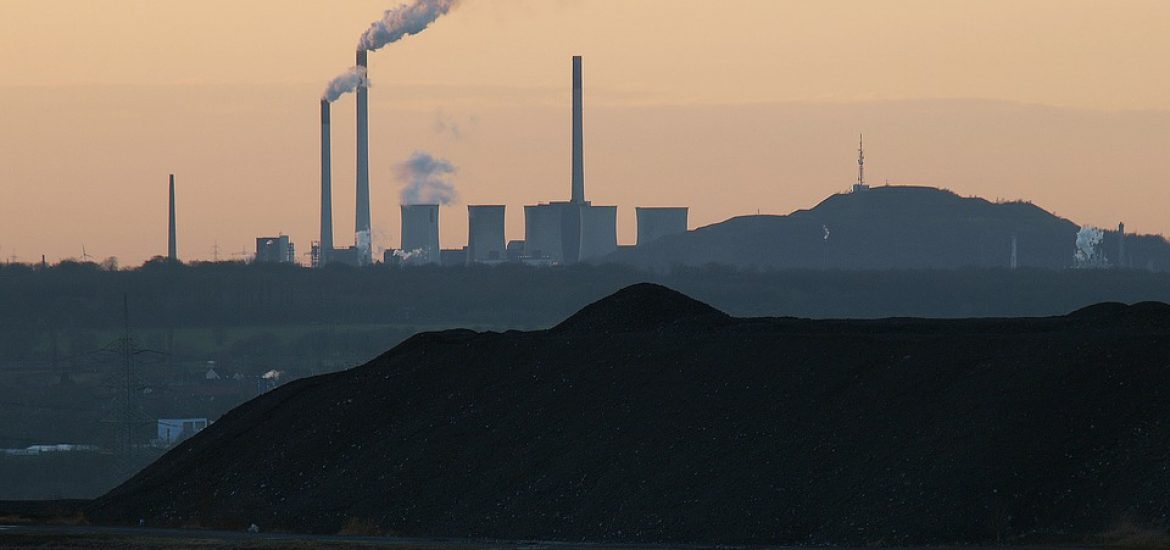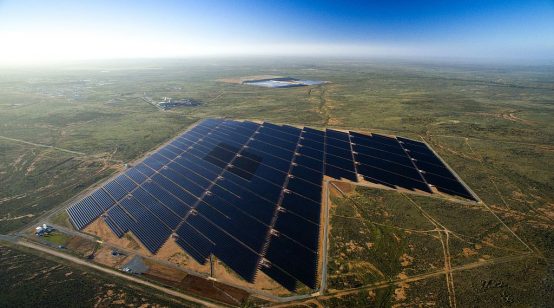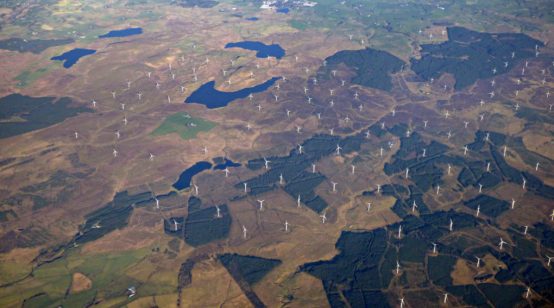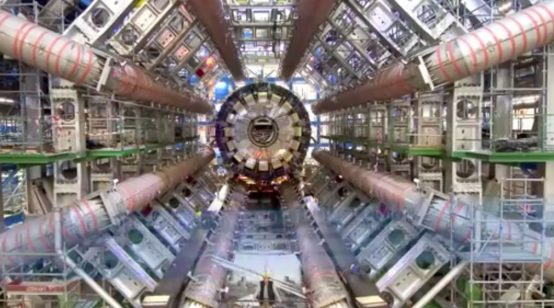
The German grid operators Tennet, Gasunie Deutschland and Thyssengas have made detailed plans to link the electricity and gas grids and boost transition.
The three operators are planning to build a power-to-gas station in Lower Saxony with an output of 100 megawatts.
It is due to be the largest of its kind in Germany. Potential locations include Tennet’s substations in Diele and Conneforde, which distribute offshore North Sea wind power. The Element One pilot is designed to offer the operators experience of power-to-gas technology on a large scale.
Starting in 2022, the site is due to be connected to the grid in stages, converting renewable energy into gas. It is intended to develop innovative storage techniques and link energy, transport and industrial sectors. Gas from renewables is due to be used in the Ruhr industrial heartland (pictured) and elsewhere with existing pipelines.
Lex Hartman, managing director of Tennet, said: “We need powerful storage technologies if we want to achieve our ambitious expansion target for renewable energy by 2030.
“The ability to store large volumes of renewable electricity will reduce the load on the power grid. That, in turn, helps us limit the expensive curtailment of wind turbines and make the power supply more reliable.
“Storing more green energy also entails a reduced need for further grid expansion after 2030.”
Germany also intends to make the gas available for vehicles at hydrogen filling stations and to industrial customers.
Olaf Lies, energy and environment minister for Lower Saxony, said: “It is an extremely important signal for Lower Saxony as an energy state. The expansion of offshore and onshore wind energy is advancing.
“But we cannot think of the energy transition in terms of electricity only. Sector coupling is a crucial aspect of it. I am delighted that important players of the energy transition are taking steps in that direction now.
“That is the right signal. Some industrial companies are already working on power-to-gas technologies. We need to implement industrial policies that specify standards for the relevant facilities. That is happening in this case,” the minister said.
“There is great potential for development, especially when it comes to coupling the electricity and gas grids. The use of green H2 [hydrogen] for transport, heating and industrial purposes also offers enormous opportunities. We must not be led to focus on electricity only. A wider perspective will enable us to implement a variety of new technologies and have a diverse range of companies working in the field,” Lies added.
Germany’s energy-hungry Ruhr region. Picture credit: Flickr





